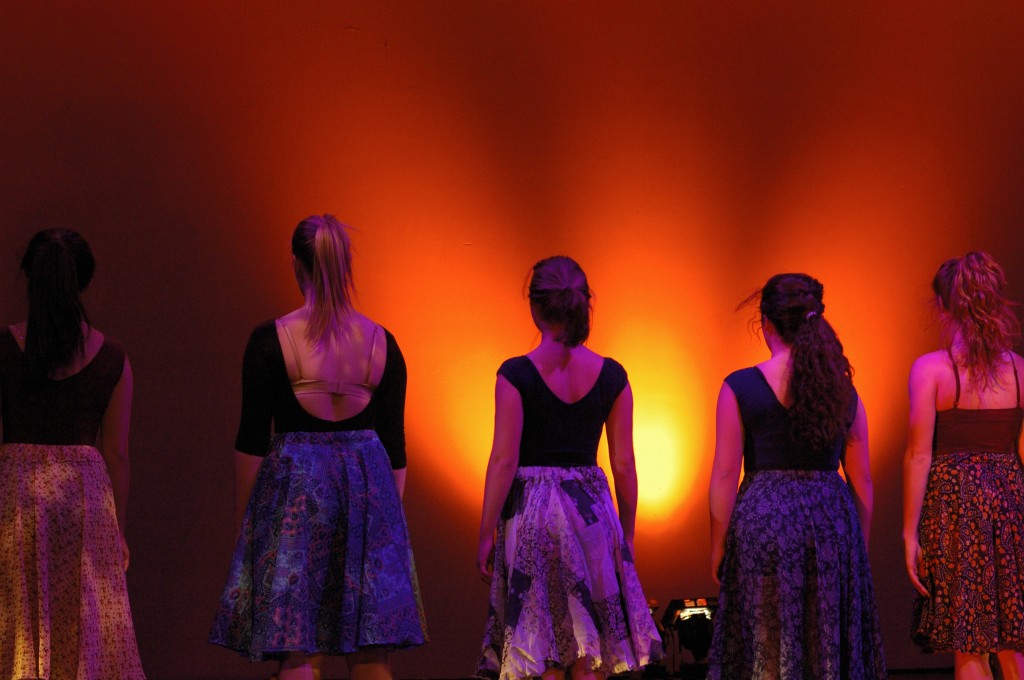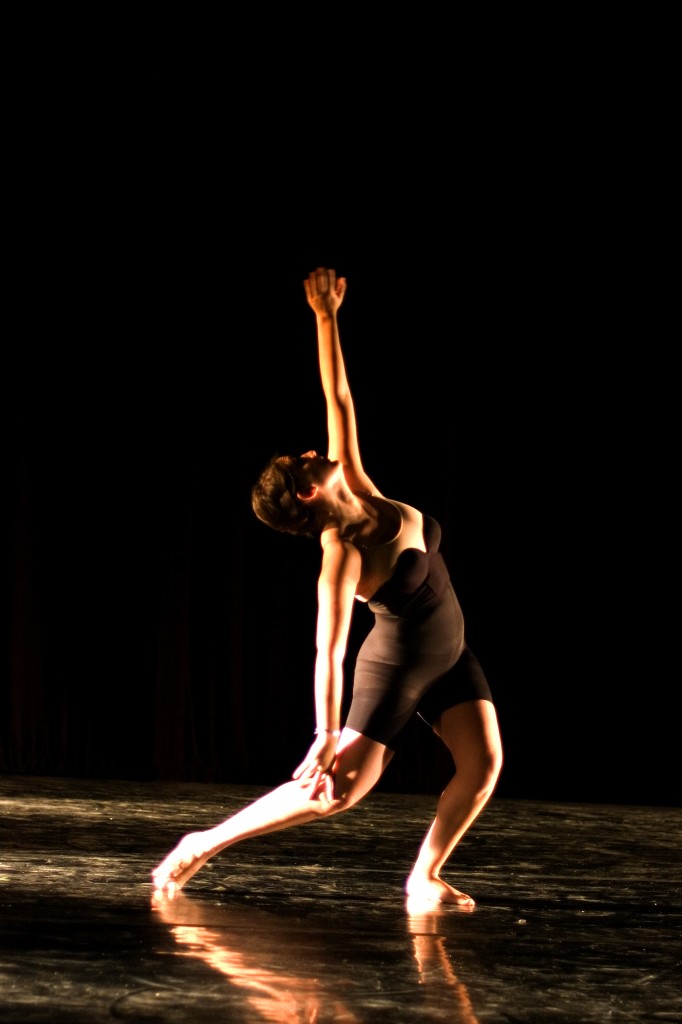Aloha! It’s summer dance intensive time, and I hope everyone is having a rewarding (and safe!) summer experience, where ever you are:). Summer is also a time for conferences in the dance / arts world, and if you are reading this column, we know that you are interested in Dance Wellness topics. Whether you are a teacher / company director, or dancer, these conferences can provide invaluable information to take back home to your studio / rehearsal space.
If you are in the southern California area (SoCal), one such conference that should not be missed is the August event at Chapman University, located in Orange (Orange County). The meeting, co-sponsored for the third year in a row by the University and PAMA (Performing Arts Medicine Association) addresses dance, music, and theatre, and can provide information taught by experts in the field. Put it on your calendar!
Healthy Approaches in the Training of Performing Artists
Happy summer dancing:)
Jan









